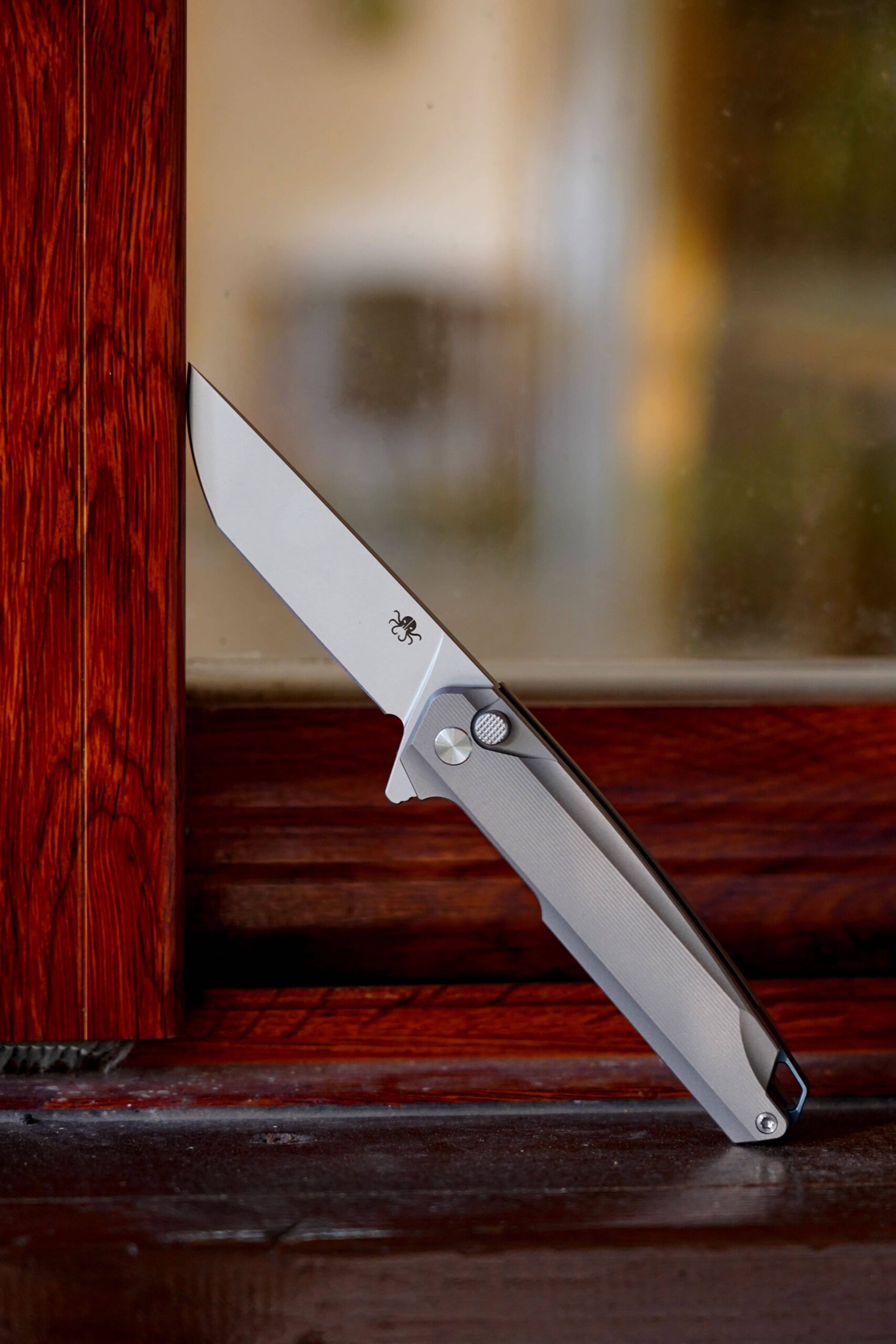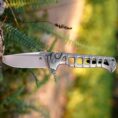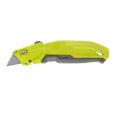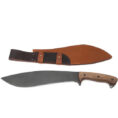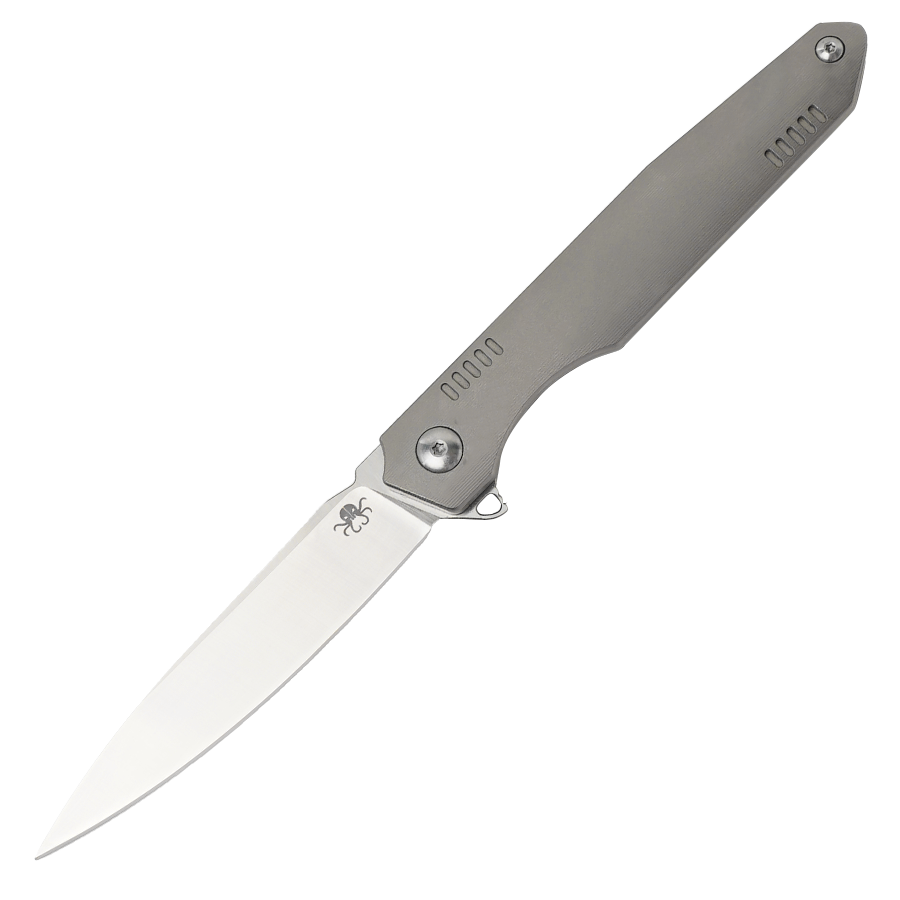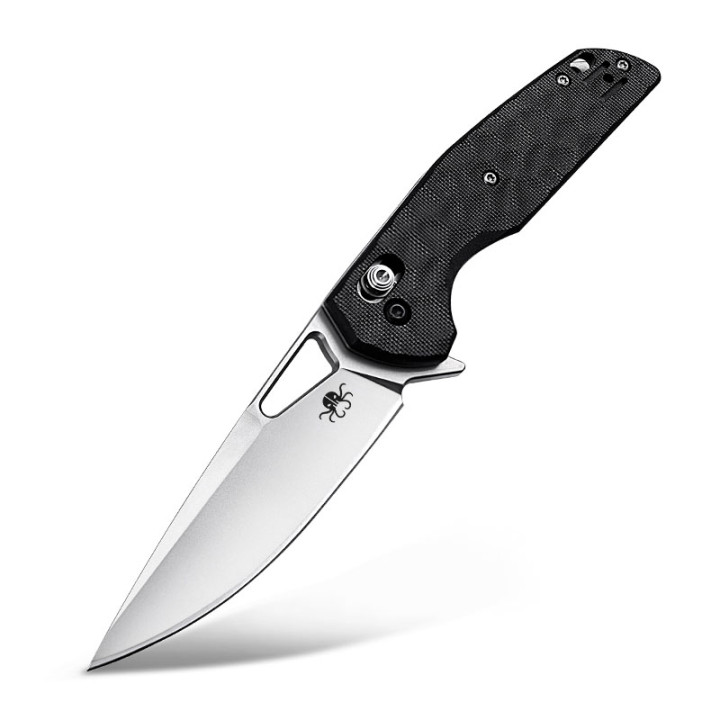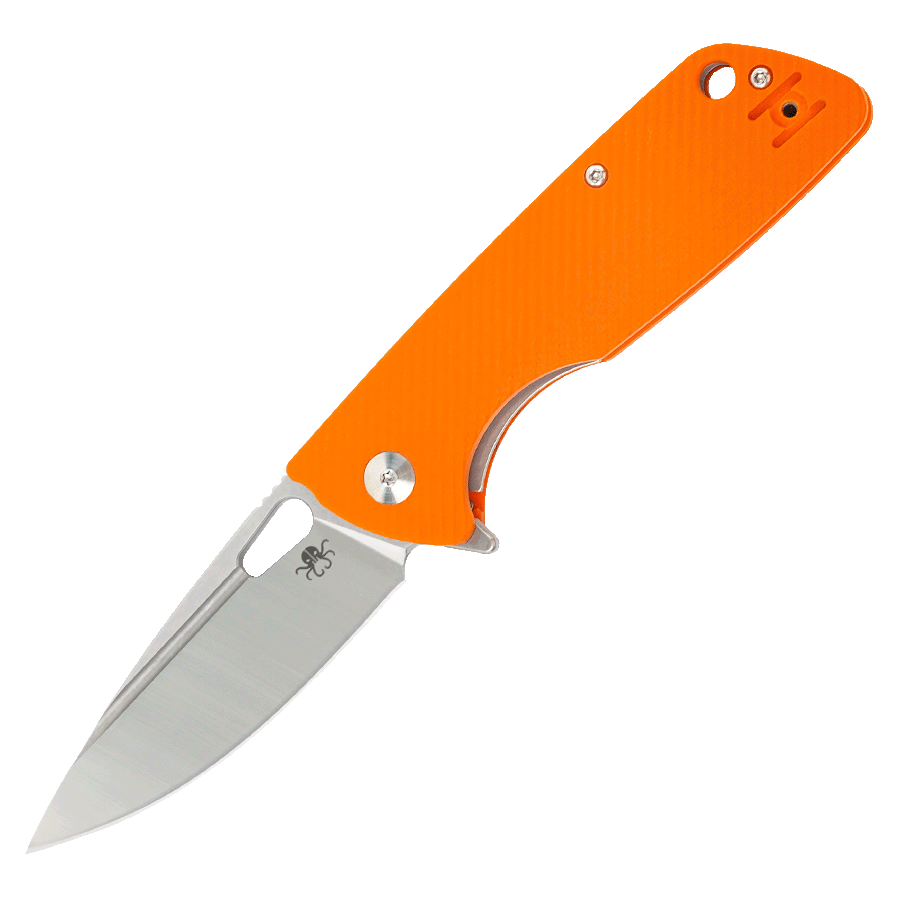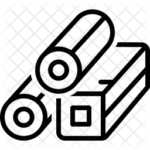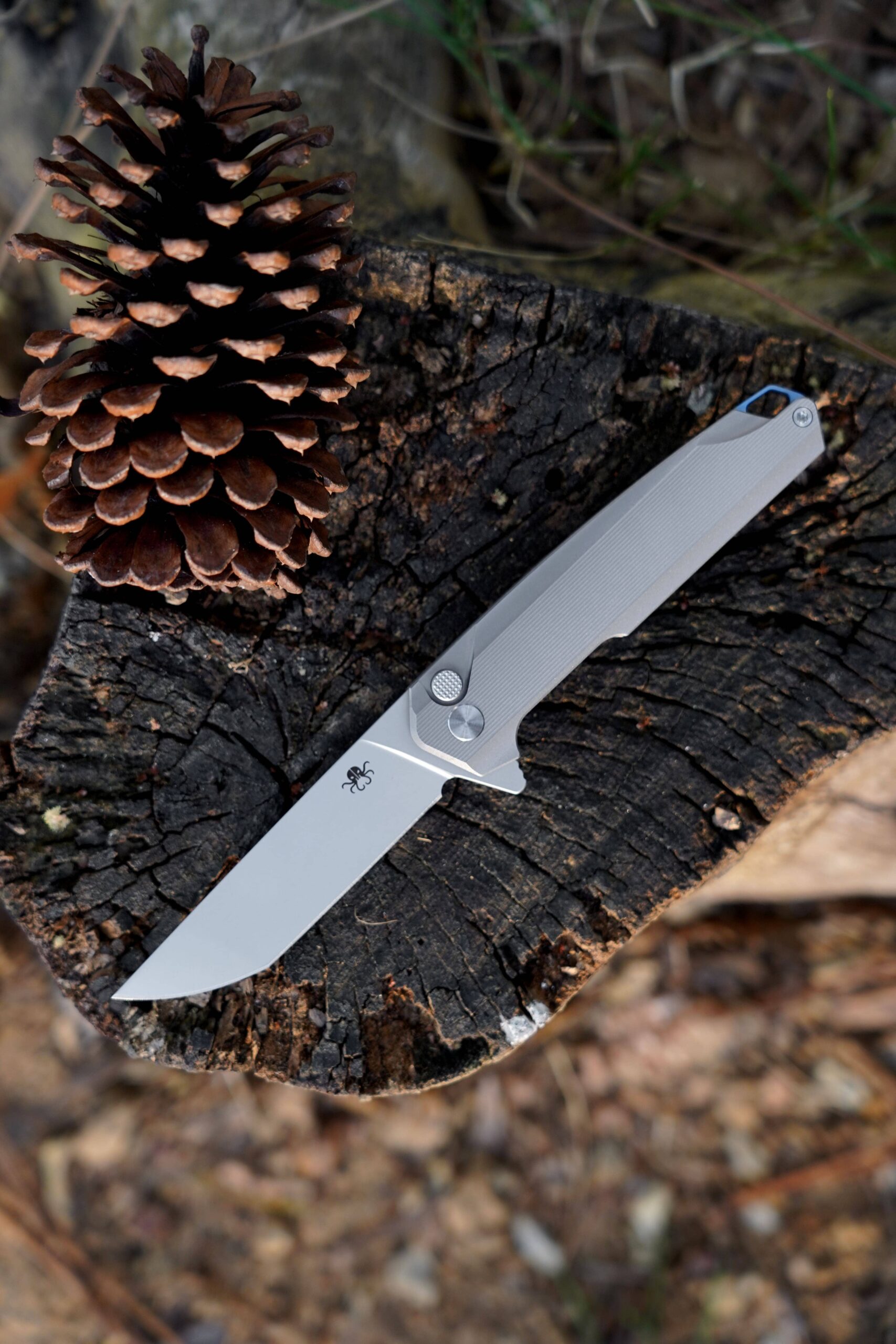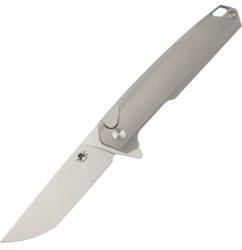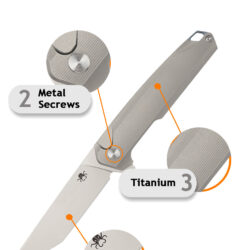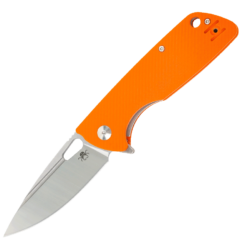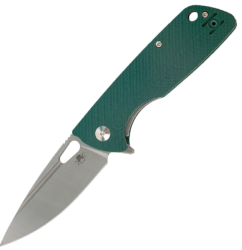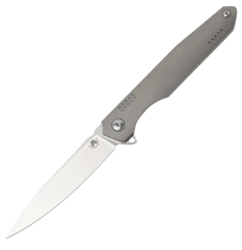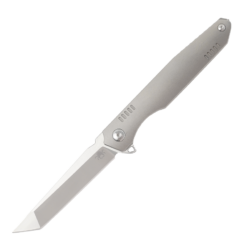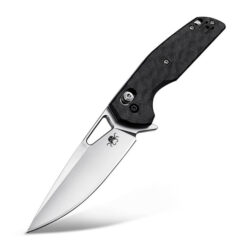Fishing & Water Adventures: Cleaning Fish, Cutting Lines, and More
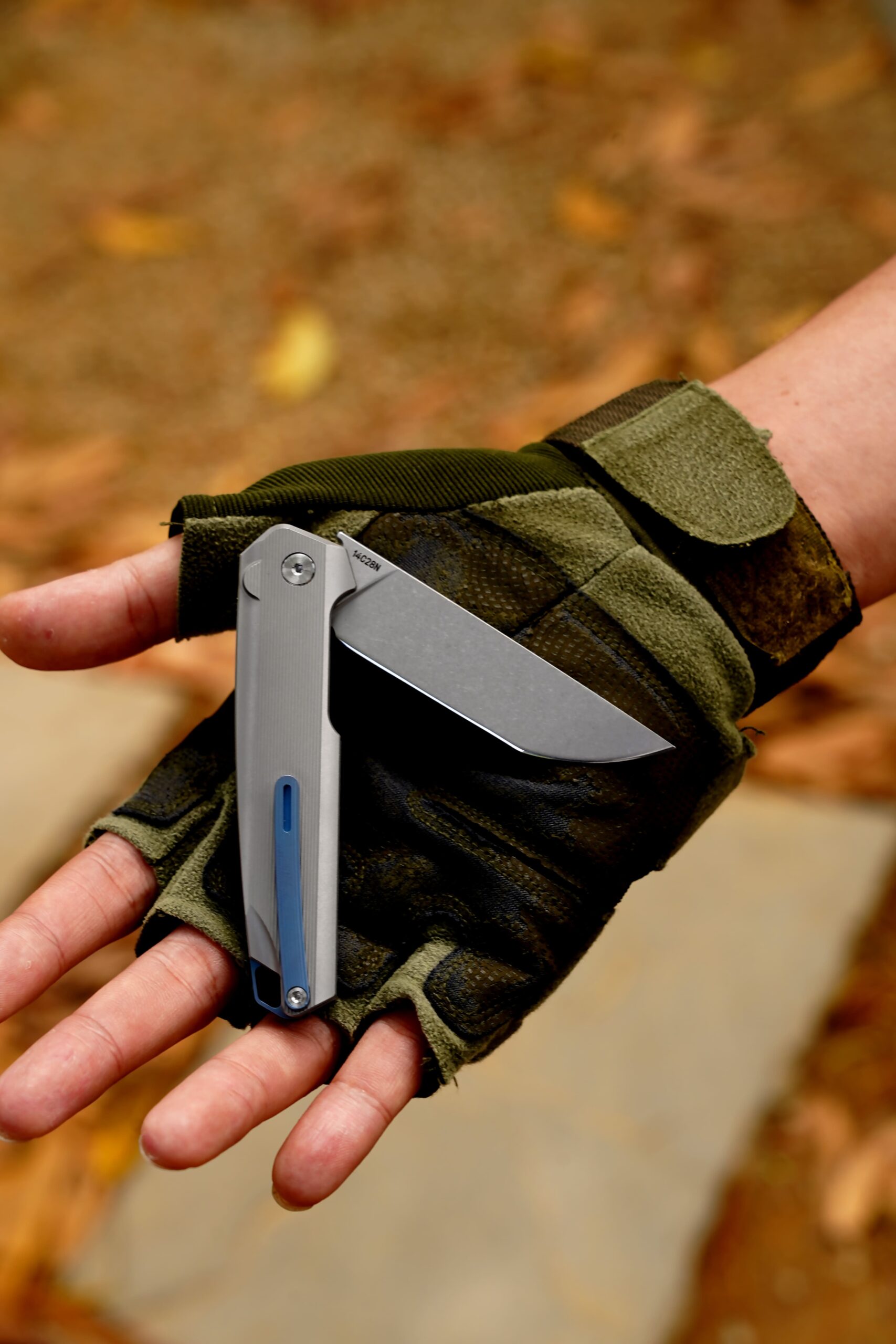
Fishing is an ancient art that connects us to the wild, offering not only a means of sustenance but also a path to relaxation and discovery. Whether you're casting your line into the quiet waters of a freshwater lake, battling a giant tuna in the deep sea, or simply enjoying a peaceful afternoon at a local river, fishing is an activity that requires patience, skill, and, above all, the right tools. One of the most critical aspects of the fishing experience is not just catching the fish, but what comes next: cleaning, cutting lines, and maintaining your gear.
In this article, we'll dive into the essential tools and techniques you need for successful fishing and water adventures. From cleaning your catch and cutting fishing lines to the best tools for maintaining your gear, we’ll cover everything you need to make your fishing trips smooth and enjoyable. Whether you're a seasoned angler or a beginner, these skills will make your time on the water more productive and rewarding.
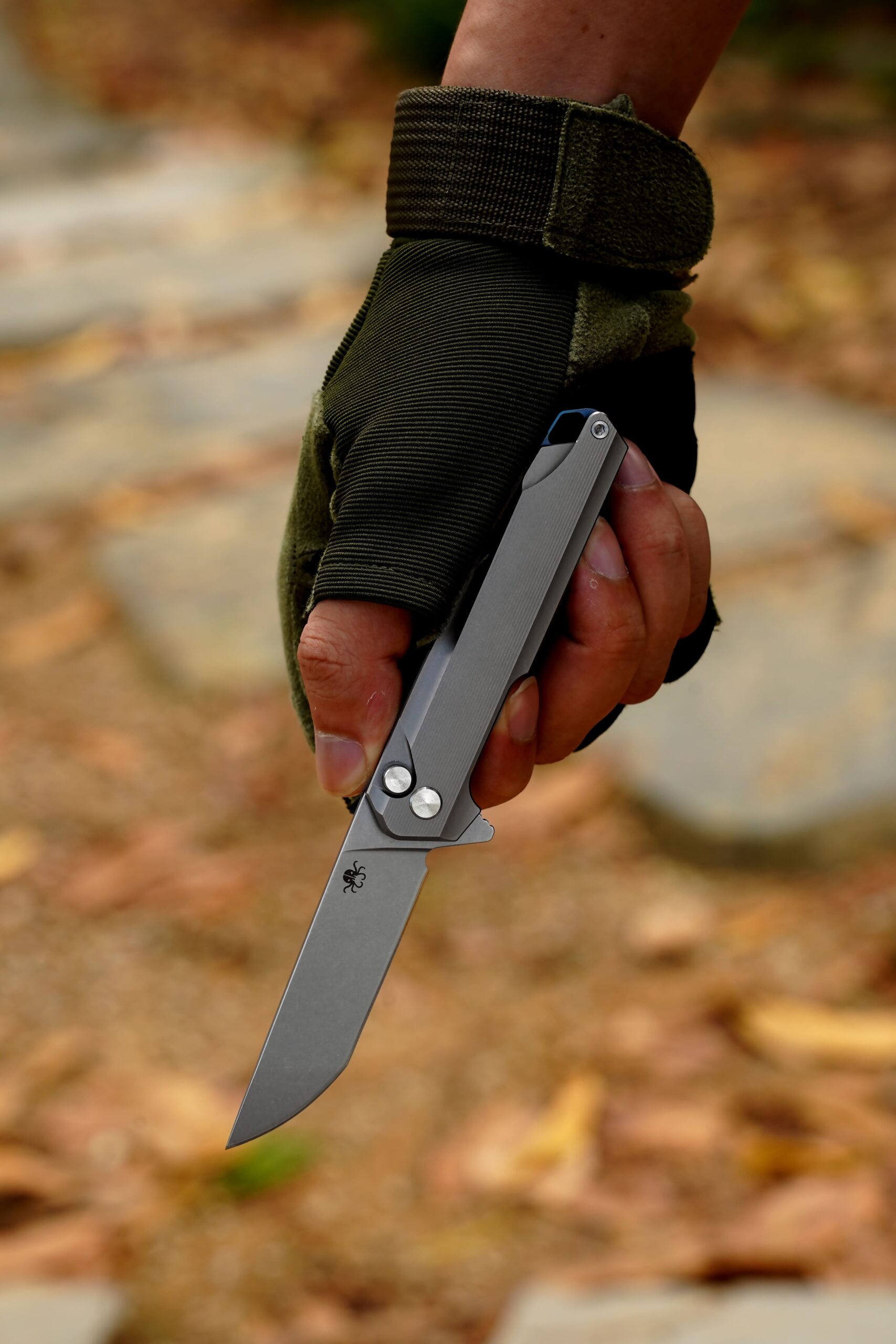
Fishing Knives: The Right Tool for Cleaning
The most important tool when it comes to cleaning fish is the fishing knife. Not just any knife will do—these knives are specifically designed to clean, fillet, and gut fish with precision and ease. Depending on the type of fish you're working with, the knife you choose can make all the difference.
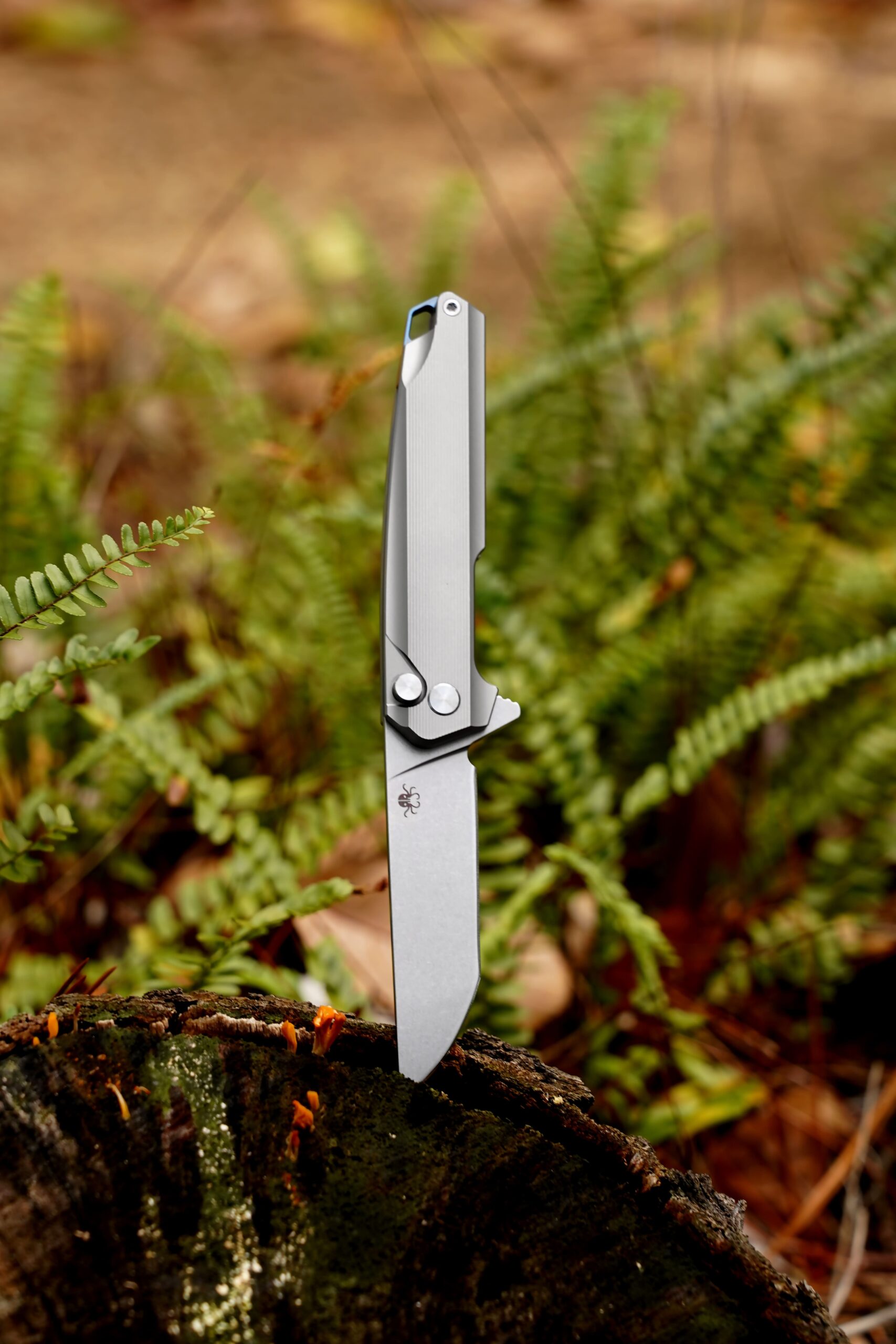
Types of Fishing Knives
- Filleting Knives: These knives are thin, flexible, and razor-sharp, allowing you to cut through delicate fish flesh without damaging the meat. The long, narrow blade helps you work around the bones and remove the fillets cleanly.
- Gutting Knives: A small, sturdy knife with a pointed tip, designed to make the initial incision for gutting. Gutting knives are typically used on larger fish that require more precision.
- Multipurpose Knives: If you want a knife that can handle a variety of tasks—cutting bait, opening packages, or even slicing through tough lines—a multi-tool or folding knife is a good option. These knives are typically smaller and less flexible than fillet knives but are great for on-the-go.
Blade Material & Handle Design
The material of the blade is essential for determining how well your knife performs. Stainless steel is the most common option due to its rust resistance, but carbon steel knives are sharper and more durable, though they require more care to avoid rust. The handle should be ergonomic and non-slip, as you’ll likely be handling the knife with wet or slimy hands. Look for handles made from rubber, wood, or plastic to ensure a firm grip.
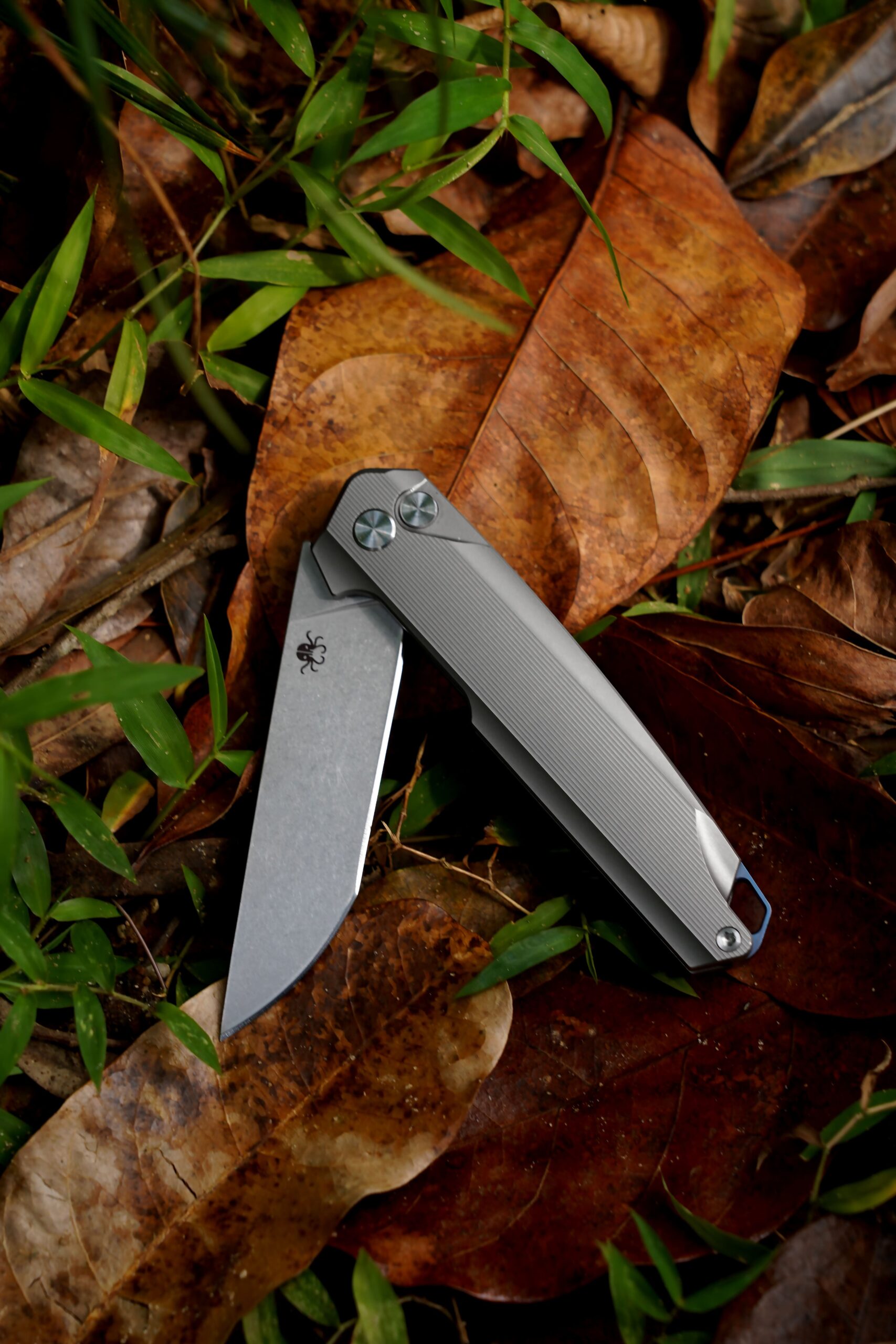
Cutting Tools: Lines, Hooks, and More
When you’re fishing, you’ll often find yourself needing to cut fishing lines, hooks, or even bait. Having the right cutting tools ensures that you can do these tasks efficiently and safely.
Line Cutters and Scissors
Fishing lines can be tricky to cut, especially when they’re wet. A good pair of line cutters or scissors designed for fishing lines will allow you to cut through monofilament, braided, or fluorocarbon lines cleanly without fraying. Look for cutters with sharp, corrosion-resistant blades and a comfortable grip. Small, compact fishing scissors are also an excellent option for cutting through lighter lines, while larger cutters handle tougher, thicker lines.Multi-tools
A multi-tool is an angler’s best friend when it comes to cutting lines, removing hooks, or making quick repairs. Many multi-tools come with pliers, small knives, and even line cutters built into one compact device. These tools are perfect for on-the-go fishing, as they save space and ensure you have everything you need at your fingertips.Hook Removal Tools
If you catch a fish with a deep-set hook, trying to remove it with your bare hands can be difficult and dangerous. Specialized hook removal tools are designed to safely and quickly remove hooks from a fish’s mouth without causing injury. These tools often come with long handles, allowing you to reach deep into the fish’s throat and remove hooks without harming the fish or yourself.
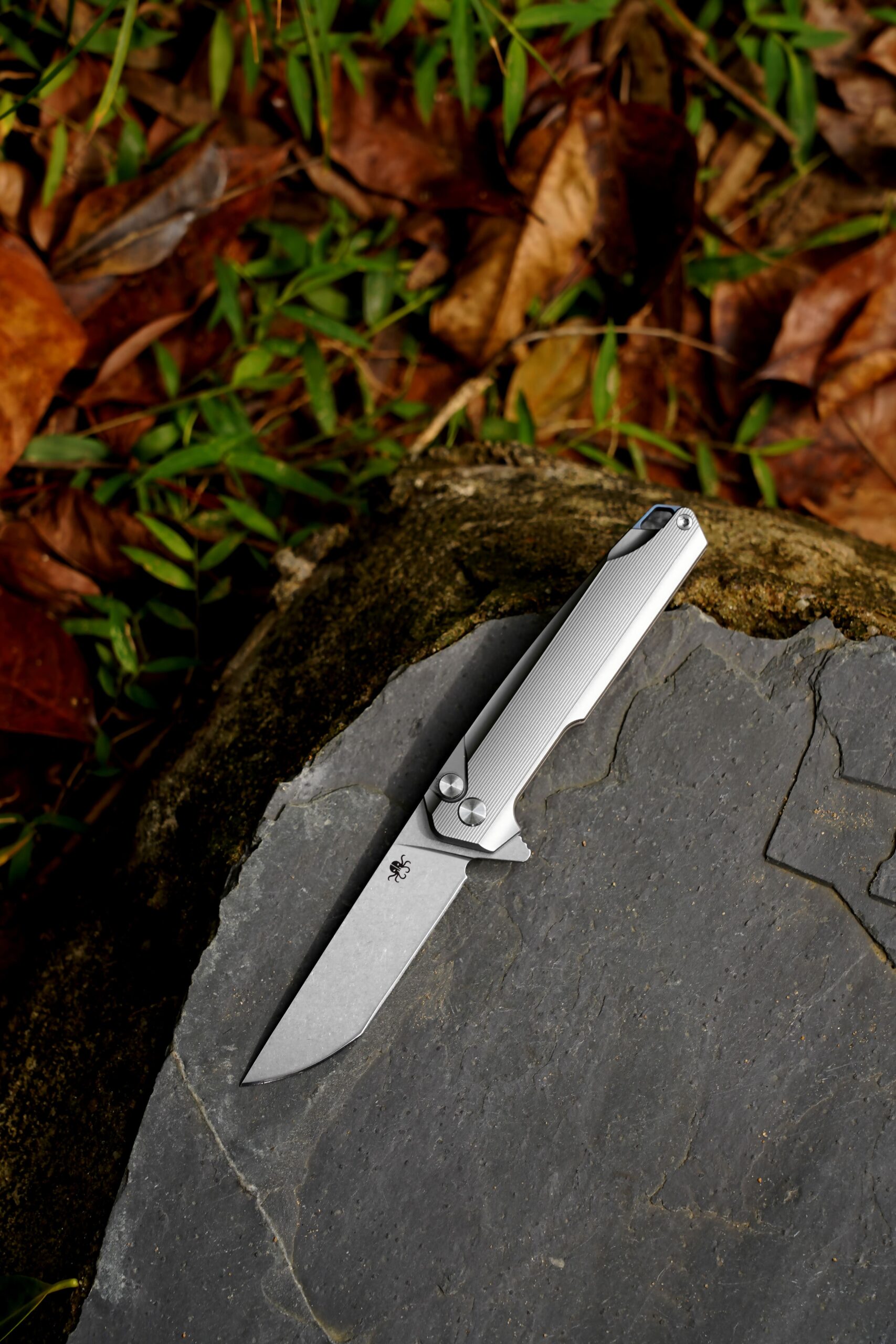
Cleaning Fish: Techniques for Every Catch
Once you've caught your fish, the next step is cleaning it. Cleaning fish properly not only ensures the best possible taste but also prevents contamination and wastage. Whether you're preparing to cook your catch immediately or freezing it for later, here are the essential techniques for cleaning different types of fish.
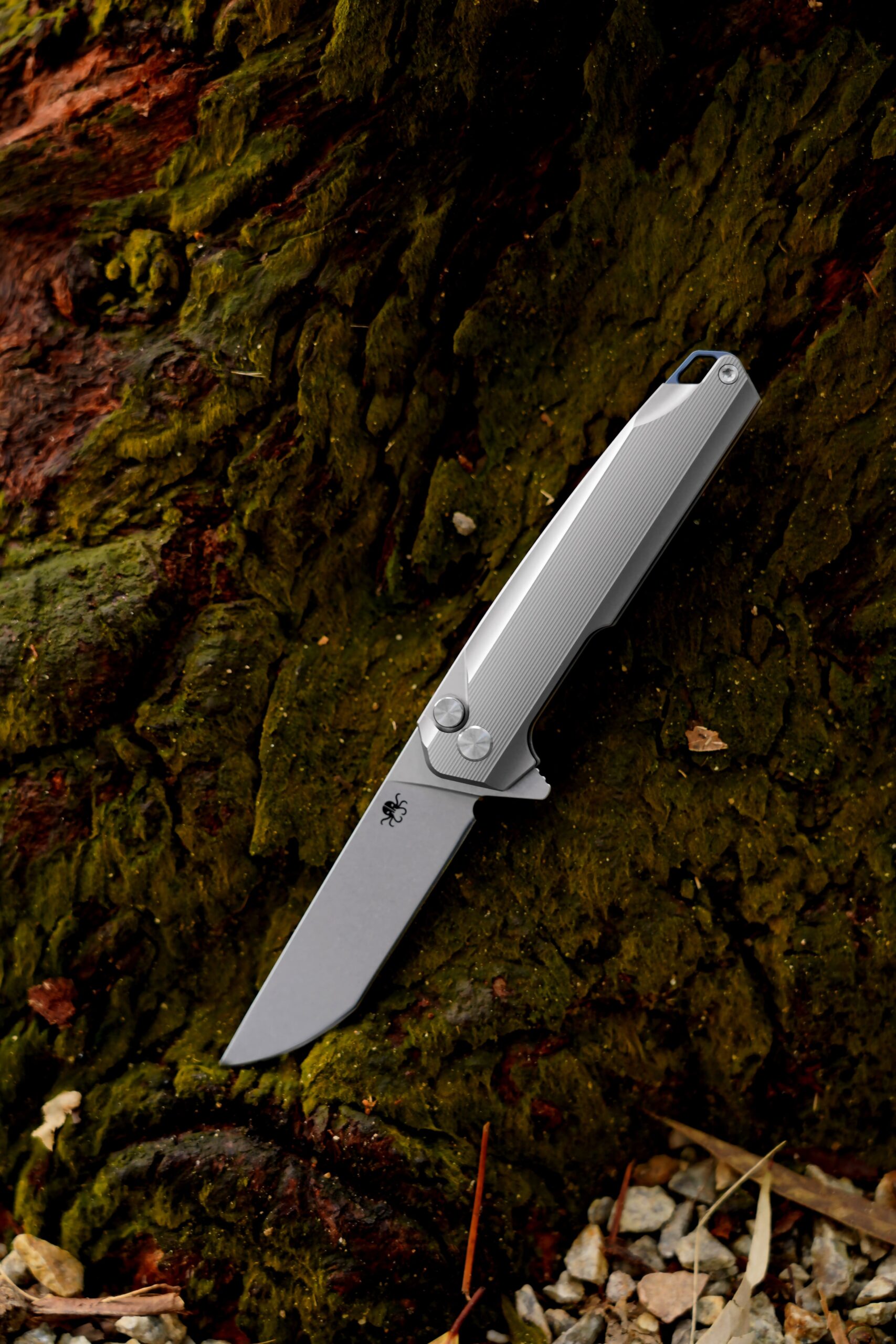
Pre-Cleaning Considerations
Before you even start the cleaning process, there are a few important things to keep in mind:
Freshness of the Catch: Freshness is key. The sooner you clean your fish after catching it, the better. Fish that are cleaned immediately are less likely to spoil or develop an off-flavor. If you can, gut the fish as soon as it’s caught to avoid any unpleasant odors or taste.
Cleaning Methods for Different Species: Different fish require different cleaning methods. For example, a trout might only need to be gutted and cleaned quickly, while a larger fish like a bass or catfish may require filleting. The technique you use will depend on the species and the intended cooking method.
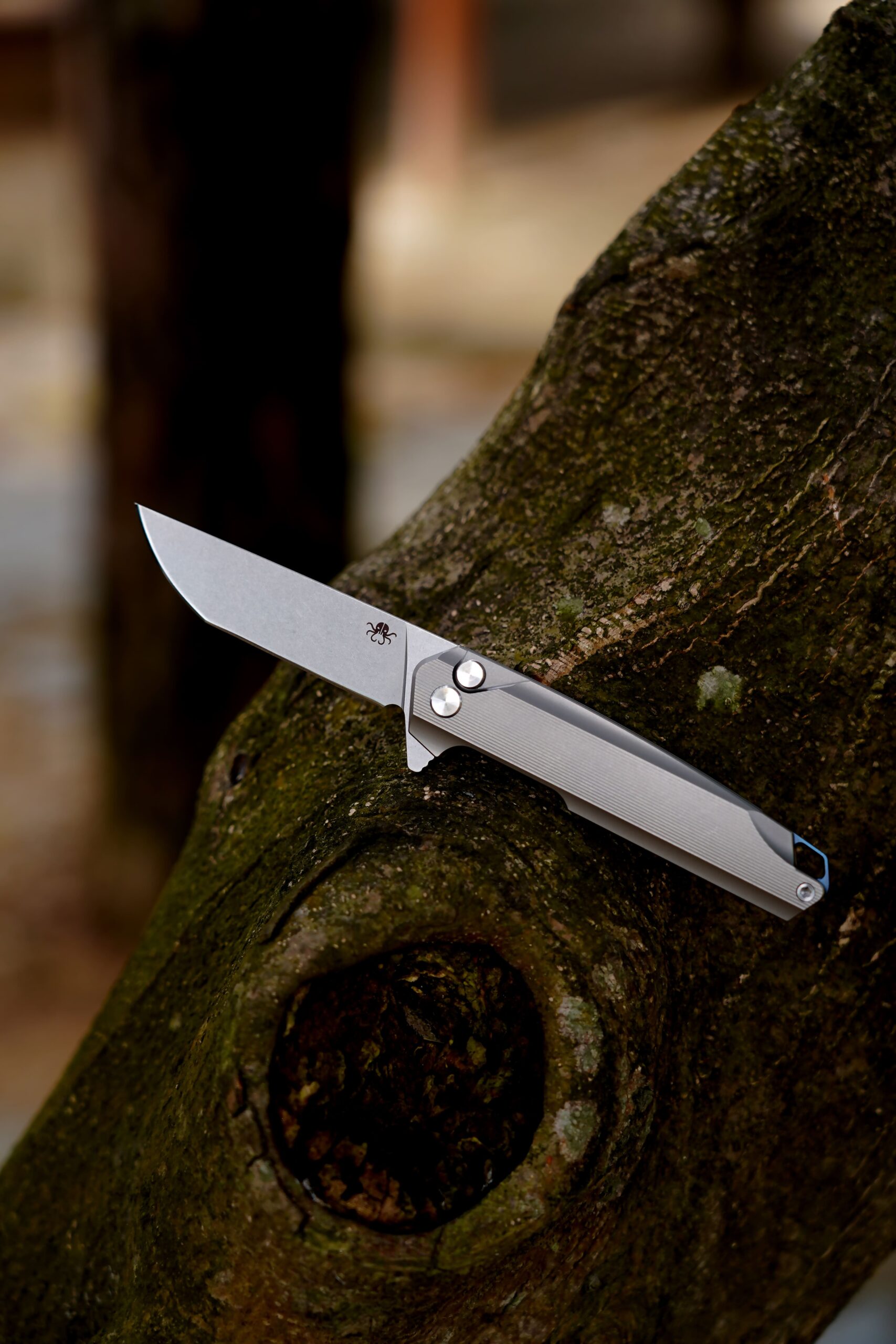
Filleting Fish
Step-by-Step Guide to Filleting
Filleting a fish is a delicate process that requires both technique and precision. Start by placing the fish on a stable surface, ideally on a fish cleaning board or surface. Use your fillet knife to make an incision just behind the gills, cutting down along the spine. Then, carefully work the blade along the ribs, gently separating the flesh from the bones. Repeat on the other side, and you’ll have two perfect fillets ready for cooking or storage.Common Mistakes in Filleting
Many beginners make the mistake of cutting too deep into the bones or wasting too much meat. Practice makes perfect, and with time, you’ll learn to minimize waste and maximize the yield from each fish.
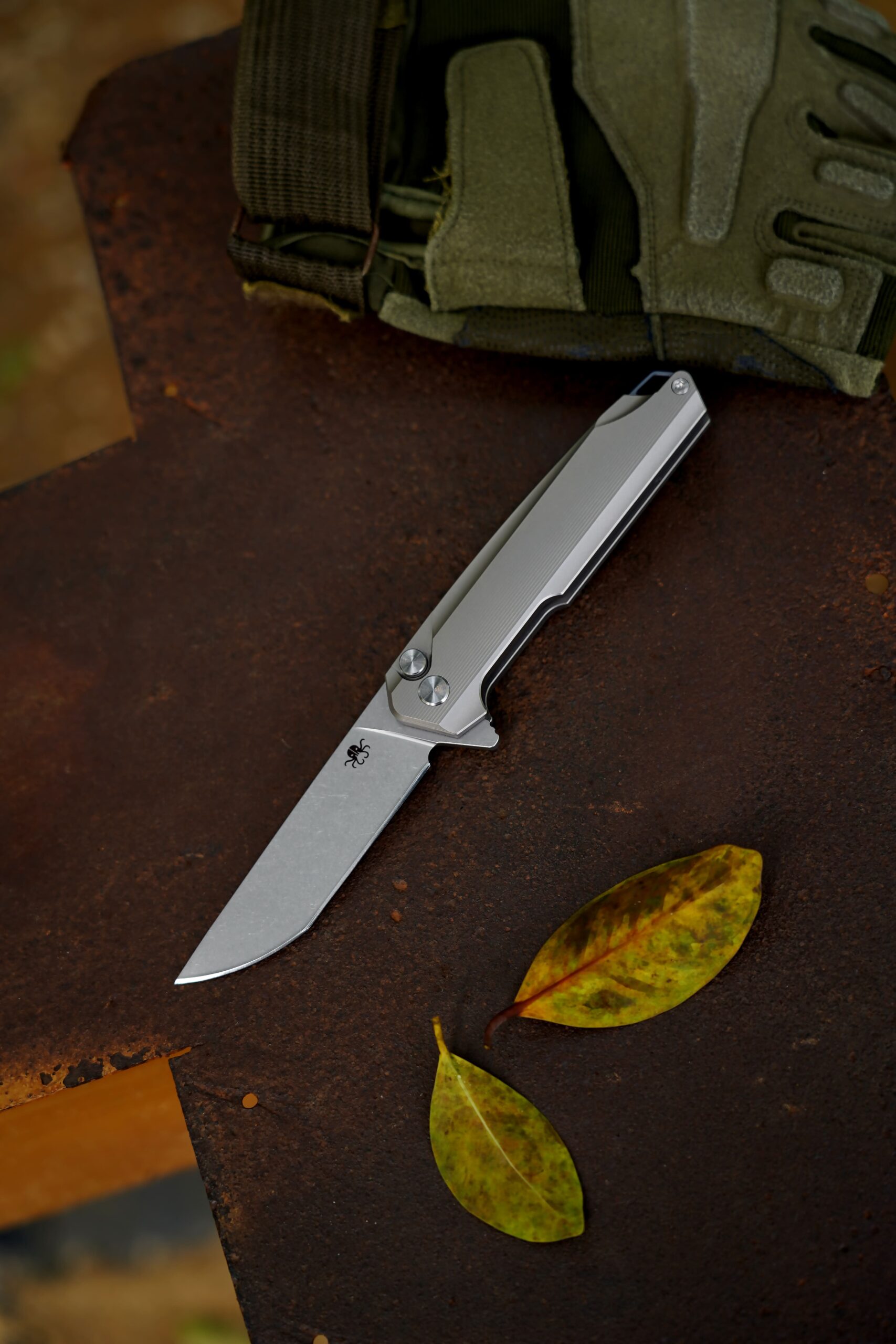
Gutting and Scaling
Gutting Techniques
After gutting the fish, make a small incision near the anal opening and carefully pull out the internal organs. Be sure to remove the bloodline along the spine, as it can impart a bitter flavor if left behind.Scaling Fish
Scaling fish can be a tedious task if done incorrectly. Use a fish scaler or the back edge of your fillet knife to scrape away the scales from tail to head. Be sure to scale the fish in an area where the scales won’t fly everywhere, or use a container to catch them.

Handling and Cutting Lines
When you’re fishing, you’ll often encounter situations that require you to cut your fishing line. Whether you’re tying knots, replacing tackle, or simply removing excess line, having the right tools is crucial.
Choosing the Right Fishing Line
There are several types of fishing lines available, each designed for specific fishing situations:
- Monofilament Line: Easy to handle, affordable, and versatile. Best for general freshwater fishing.
- Braided Line: Known for its strength and sensitivity, making it ideal for deep-sea fishing or larger fish.
- Fluorocarbon Line: Nearly invisible underwater, perfect for clear water fishing where visibility is an issue.
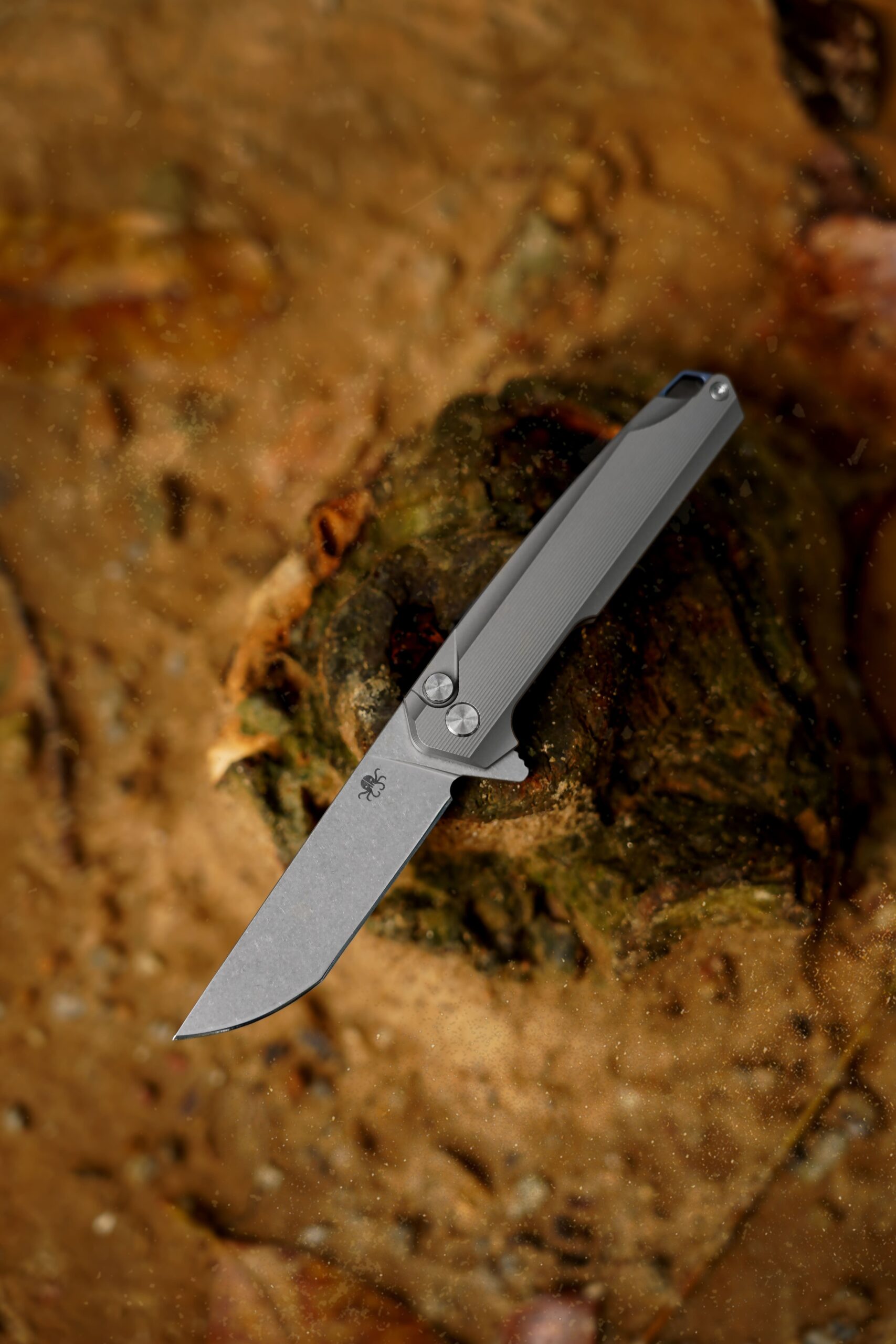
Cutting Fishing Line
The type of cutting tool you use can make a big difference when working with fishing lines. Fishing line cutters are specifically designed to make clean cuts without fraying. Look for cutters that can handle both monofilament and braided lines. Pliers are also useful for trimming lines and tying knots when needed.
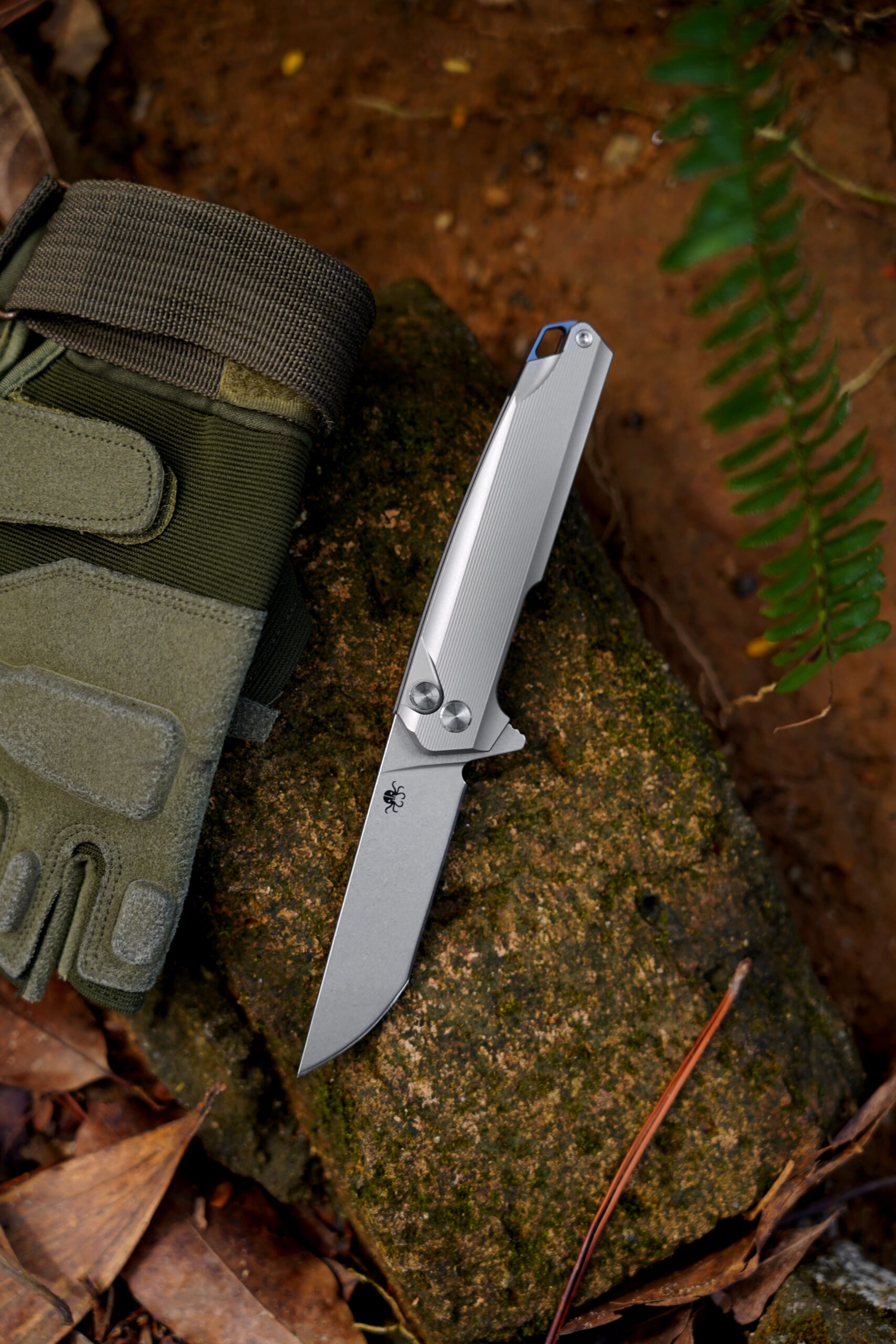
Knot Tying and Line Repair
Knowing how to tie proper fishing knots is an essential skill for any angler. Common knots like the Palomar Knot and Improved Clinch Knot are vital for securing hooks and lures to your line. Learning how to tie knots efficiently ensures that your gear stays intact and your catch doesn’t escape due to weak connections.
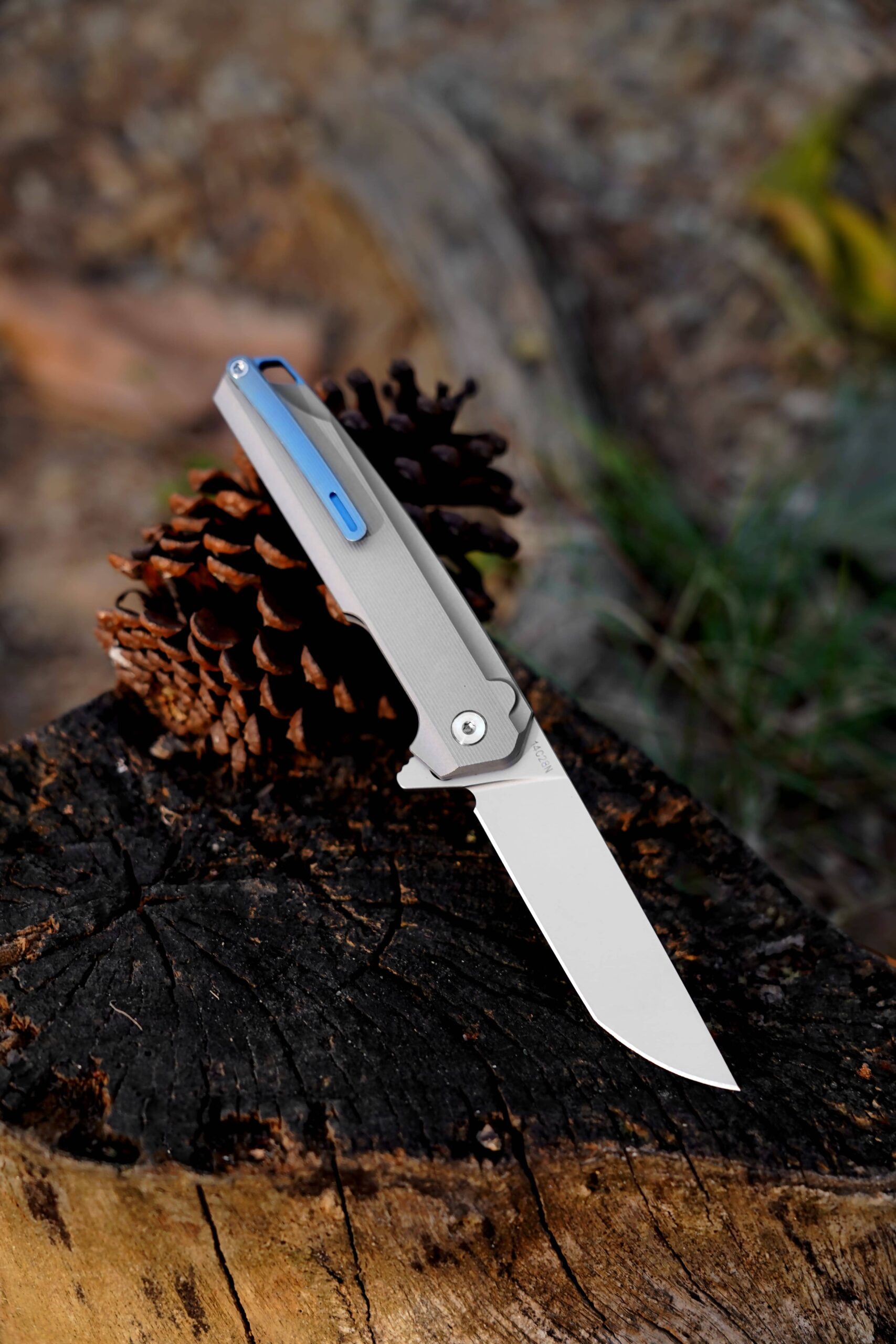
Maintaining Your Gear
Fishing gear doesn’t last forever, but with proper care, it can stay in top condition for many years. Cleaning your knives, tools, and tackle will prolong their life and keep you prepared for future trips.
Cleaning and Storing Tools
After a day of fishing, it’s important to clean and store your tools properly. Rinse your knives and multi-tools to remove any saltwater or debris. Dry them thoroughly to prevent rust, and store them in a dry place. For knives, use a honing rod to keep the edge sharp.
Sharpening Knives and Tools
Sharp knives are essential for clean cuts and effective filleting. Regularly sharpen your fishing knives using a whetstone or sharpening tool to maintain their edge. Be sure to follow proper sharpening techniques to avoid damaging the blade.
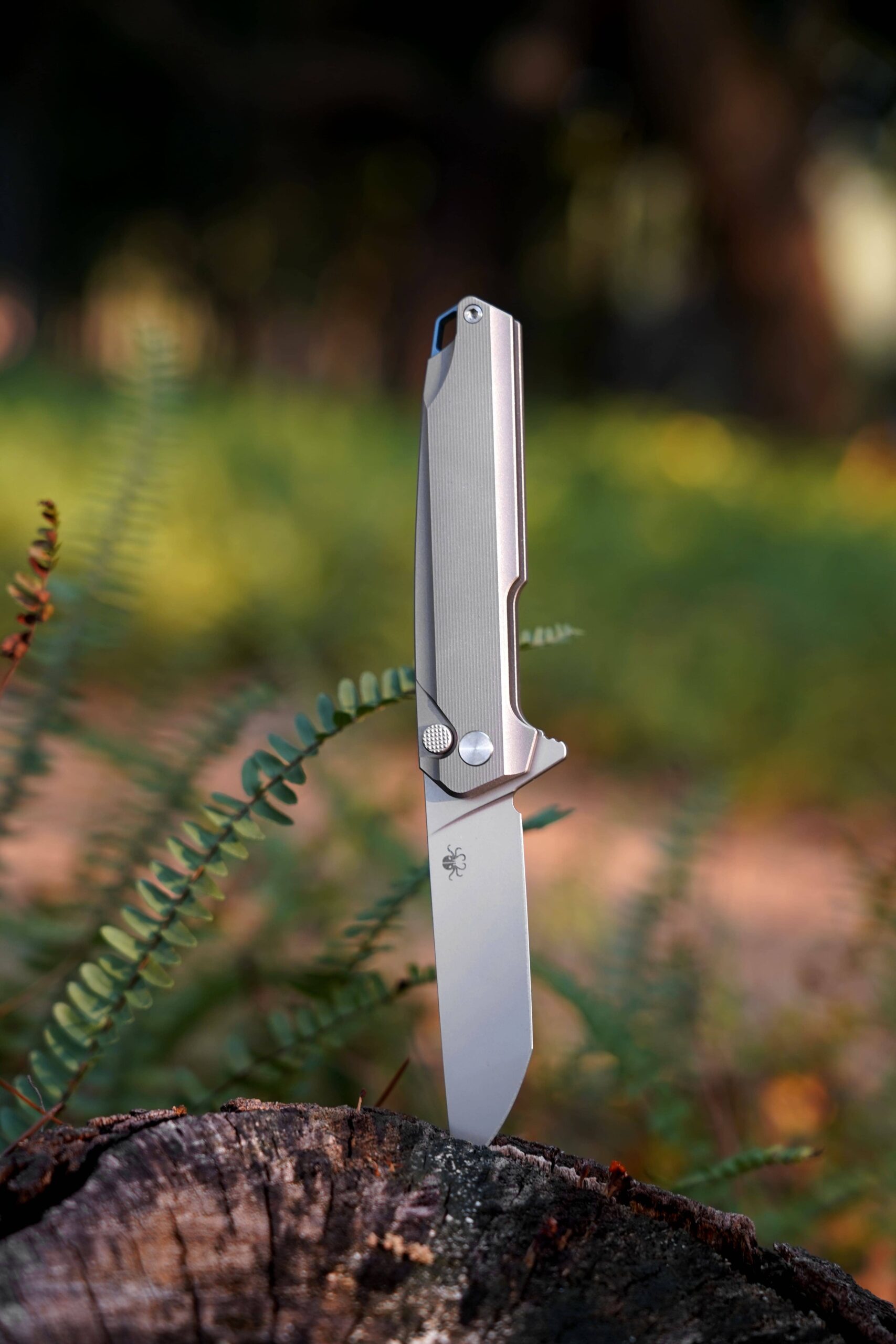
Fishing and water adventures offer a unique way to experience the outdoors, but they come with their own set of challenges. From cleaning your fish and cutting lines to maintaining your gear, each task plays a crucial role in ensuring a successful and enjoyable trip. By investing in the right tools and learning proper techniques, you’ll not only improve your fishing experience but also ensure that you’re ready for whatever the water throws your way.
